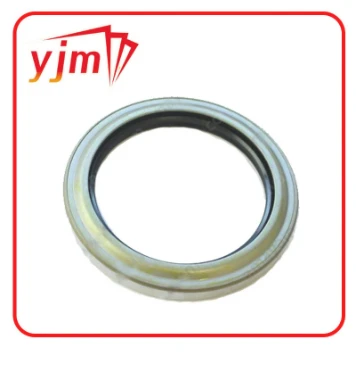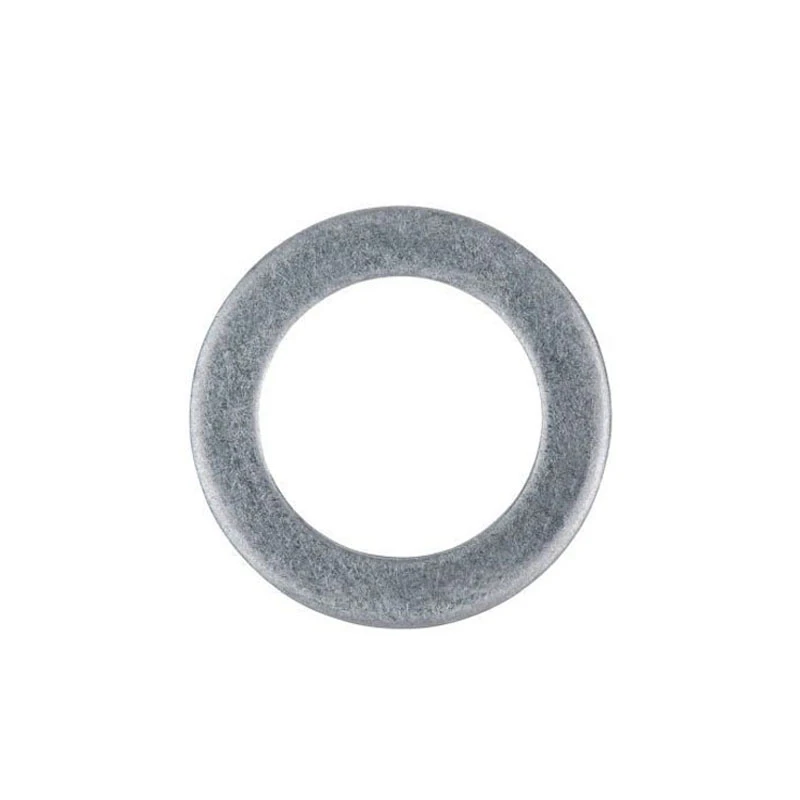flat metal ring gasket


5. PTFE (Polytetrafluoroethylene) PTFE O-rings are well-regarded for their superior chemical inertness and low friction. They are the go-to option for harsh chemical environments where other materials may degrade. Their mechanical properties, however, can be a limitation in high-stress applications. Selecting the right O-ring also involves understanding the specific type of O-ring design—each suited for varying uses. Common O-ring types include - Standard O-rings The most universally applied type, these O-rings can be used in numerous applications due to their basic but effective sealing capability. - Back-up O-rings These are employed in conjunction with primary O-rings to prevent extrusion in high-pressure applications, thus enhancing the overall sealing system's durability. - Square-cut O-rings Designed for enhanced sealing over their round counterparts, square cut O-rings can provide better contact surfaces in specific static applications. When selecting an O-ring, precise sizing and understanding pressure dynamics are equally essential. Undersized or oversized O-rings can result in leakage, while inappropriate sizing can lead to excessive wear or a breakdown in the seal's efficiency. Precision in size and material ensures that the O-ring can withstand the application's pressure and temperature changes without compromising its sealing integrity. Furthermore, the mounting hardware and gland design directly influence the O-ring's performance. Incorporating considerations for clearance, squeeze, and stretch during the design phase of your system prolongs the functional lifespan of the O-ring. Achieving optimal sealing with O-rings is an intricate balancing act requiring detailed attention to the specific demands of your application and environmental conditions. By choosing the correct O-ring type and material, you're not only committing to enhanced operational reliability but also extending the life and safety of your systems. This systematic approach to O-ring selection underscores authority in engineering precision, delivering trustworthy performance solutions with long-lasting impacts on industrial productivity.
-
The Ultimate Guide to Car Repair Kits: Tools and Essentials Every Driver Should Own
News Aug.01,2025
-
The Complete Guide to Oil Pan Gaskets: Sealing Engine Leaks the Right Way
News Aug.01,2025
-
Preventing Oil Leaks: A Complete Guide to Oil Pan Gaskets and Drain Seals
News Aug.01,2025
-
Everything You Need to Know About Oil Pan Gaskets and Drain Plug Seals
News Aug.01,2025
-
Essential for Car Owners: How to Use a Car Repair Kit to Deal with Minor Breakdown
News Aug.01,2025
-
Comprehensive Guide to Engine Oil Sump Gaskets and Related Seals
News Aug.01,2025
-
The Ultimate Guide to Boat Propeller Bearings and Trailer Wheel Bearings
News Jul.31,2025
Products categories















